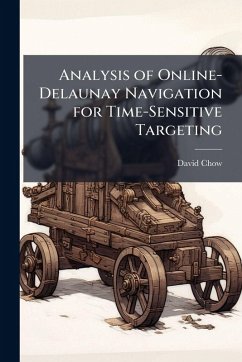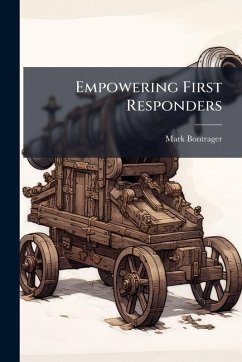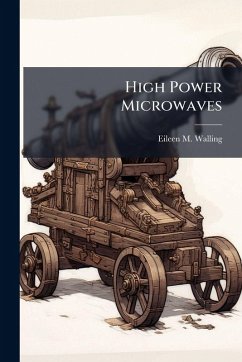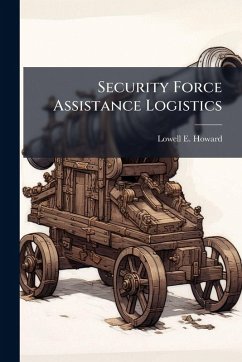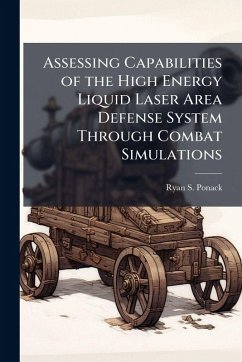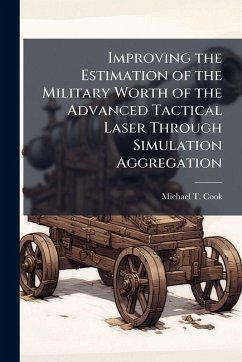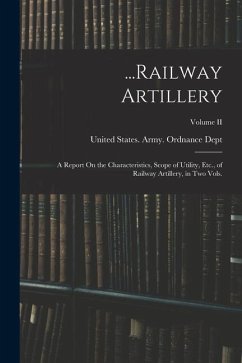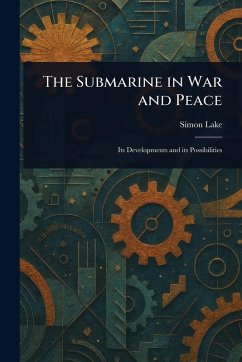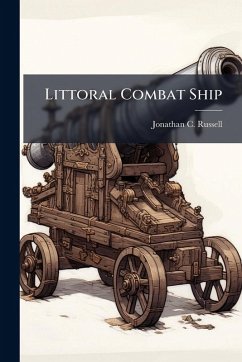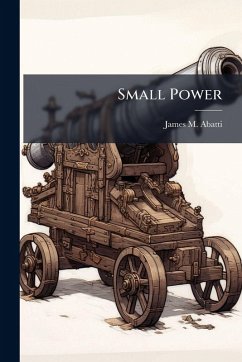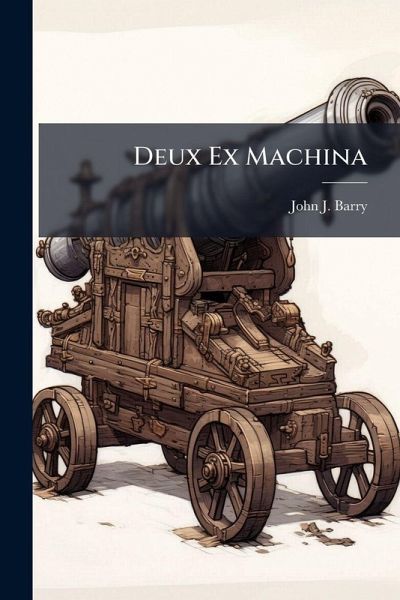
Deux Ex Machina

PAYBACK Punkte
7 °P sammeln!
With the rapid growth of communication and computational capacity, one area of the military that is an obvious candidate for transformation is command and control (C2). Network Centric Warfare (NCW) advocates believe that linked sensors, shooters, and decision makers will be able to plan and execute combat action more rapidly and more effectively than non-linked units. Skeptics of NCW believe it has the potential to place too much emphasis on the technical and tactical aspects of warfare. Another potential weakness of the NCW concept is information overload at all levels of command. Sensor fus...
With the rapid growth of communication and computational capacity, one area of the military that is an obvious candidate for transformation is command and control (C2). Network Centric Warfare (NCW) advocates believe that linked sensors, shooters, and decision makers will be able to plan and execute combat action more rapidly and more effectively than non-linked units. Skeptics of NCW believe it has the potential to place too much emphasis on the technical and tactical aspects of warfare. Another potential weakness of the NCW concept is information overload at all levels of command. Sensor fusion is a method of using computer algorithms to combine information from various sensors into one track to reduce information overload. Sensor fusion algorithms may combine discrete tracks or may combine measurements from two or more sensors. Sensor fusion may involve input from similar sensors, such as two radars, or dissimilar sensors such as a radar and a forward looking infrared (FLIR). This work has been selected by scholars as being culturally important, and is part of the knowledge base of civilization as we know it. This work was reproduced from the original artifact, and remains as true to the original work as possible. Therefore, you will see the original copyright references, library stamps (as most of these works have been housed in our most important libraries around the world), and other notations in the work. This work is in the public domain in the United States of America, and possibly other nations. Within the United States, you may freely copy and distribute this work, as no entity (individual or corporate) has a copyright on the body of the work. As a reproduction of a historical artifact, this work may contain missing or blurred pages, poor pictures, errant marks, etc. Scholars believe, and we concur, that this work is important enough to be preserved, reproduced, and made generally available to the public. We appreciate your support of the preservation process, and thank you for being an important part of keeping this knowledge alive and relevant.



